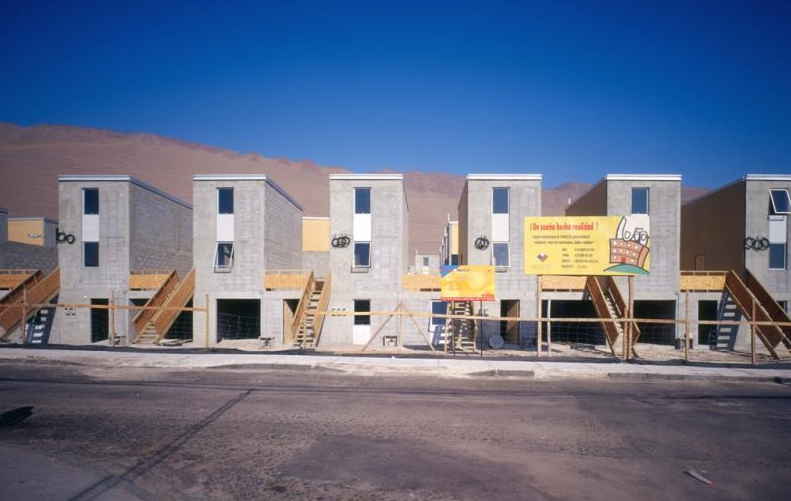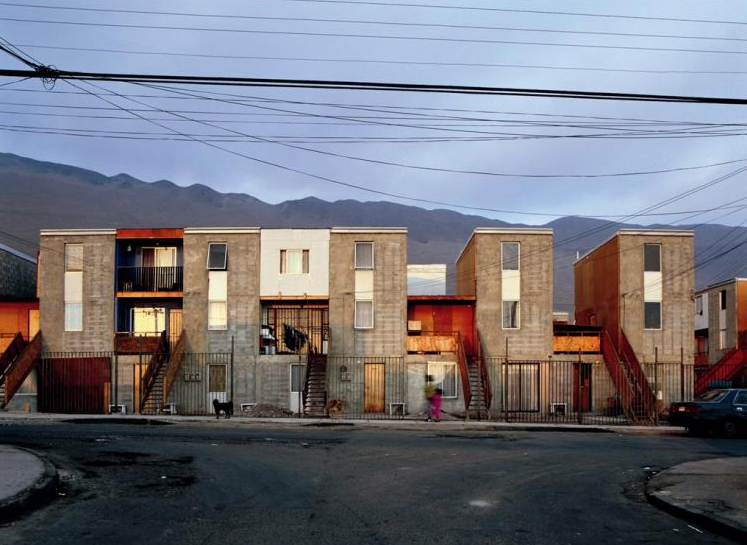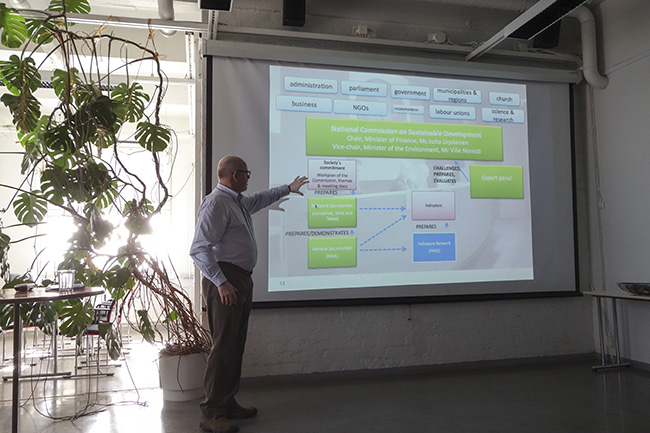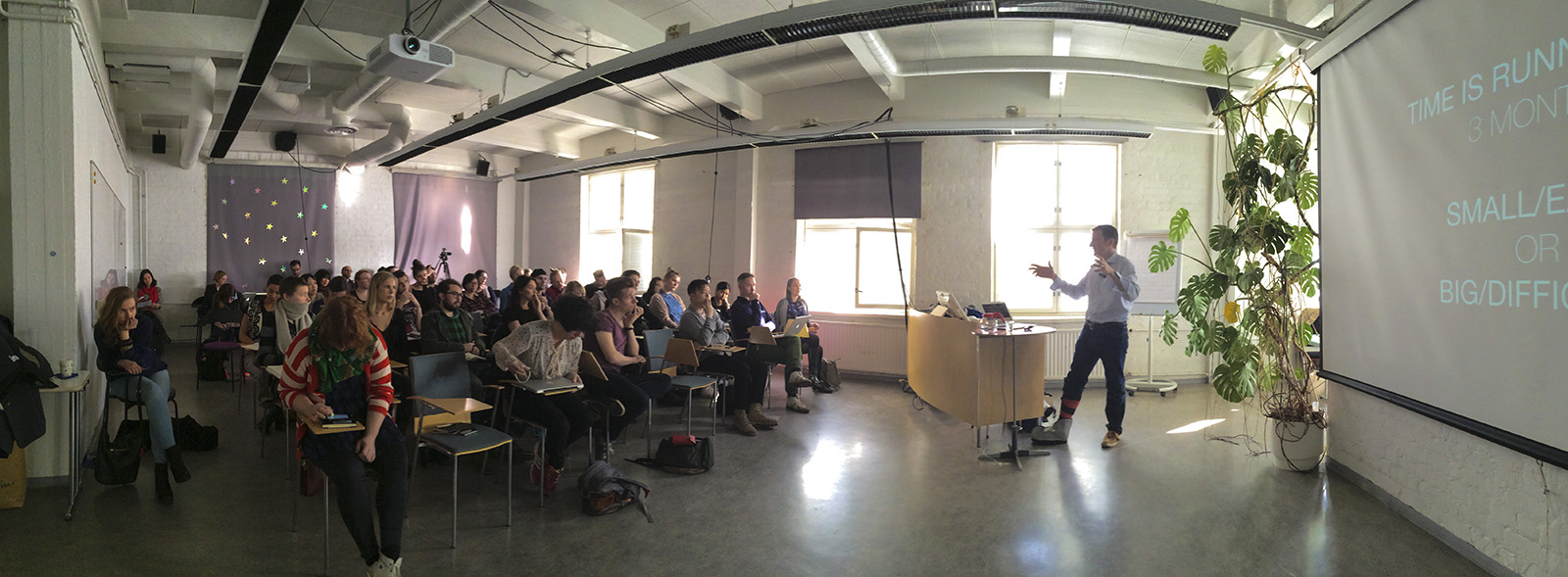Editor’s note: We offered this blog as a platform to the DfG course participants who are documenting the DfG course for readers to get a glimpse of how things went. This is one such post by Accessibility – Communication team

A dense week have been opened by Seungho Lee’s intro, where he has spoken of accumulative need for citizens to work together with the government on shaping the vision of the future. Government is good in tracking the needs of publics, however translating those needs into improvements is often the work that has fallen in between the cracks and has been dedicated to no one within official structure. As designers we generally hope that problems were digested and researched by the client. Imagining that we go on forward and often spend time solving a wrong question. In the end of the day, the matter of actual impact is a matter of engagement in the process of questioning the brief.
Among positive examples Seungho presented Alejandro Aravena’s Elemental housing created to integrate relatively poor levels of society into the active economics of Chile. Once affordable and being purchased as an empty box house quickly gains price allowing the owners to begin healthy conversation with banks and market.

 Elemental houses by Alejandro Aravena, image courtery: http://alejandroaravena.com
Elemental houses by Alejandro Aravena, image courtery: http://alejandroaravena.comLater same day Marco Steinberg gave a “Redesigned State” talk, where he was underlying a need for innovation to enter the civil service practice. It is becoming apparent that many of the government-driven services are loosing credibility since they fail to meet public’s expectations. However design approach is not an ultimate remedy for all the questions, applying it to the state planning and legislative routine is revitalizing for the idea-generation. At the moment governments evolved into the structures that only administers and does not foster the free ideation. One of the problem grows from the stagnation in the institutional renovation.

For example in 18th century transportation and communication channels were developed together. Nowadays a single ministry might be developing both, however there are no clear links in the final products anymore. Each institution in its turn has its very specific culture not matching to others in the public sector. Design consultancy could be a key to many of the issues, and the challenge is to bridge the connection and build trust to the methods we use.

Two days later, we have met people from Ministry of the Environment, who were covering the theme topics for DfG class. Many of Marco’s and Seungho’s predictions were confirmed and admitted by the government workers. The guides given to us therefore actually embed a wide range of questions to test the work of the state: we get not only to interpret the regulations as designers usually do, but to question overall way of communication the ministry has chosen for the topic. After we listened to the themes we formed the teams.

On Friday the day was split into receiving a deeper insight into the topic (for example, teams dealing with accessibility of buildings have met Nina Kipelä, an architect-consultant for accessibility needs) and getting the overview of possible design methodology that can be applied for our case given from three perspectives: in-state designer Jonathan Veale working for Alberta (Canada), municipality initiated Toimiva Kaupunki project organizer Tiina-Kaisa Laakso-Liukkonen and invited design researcher Jaana Hyvärinen, who is currently developing service strategies for elders in Lauttasaari area (Helsinki).


With all this knowledge and with the teams we have shaped according to our skills and interest we are now armed to dive into the System Thinking methods next week!

